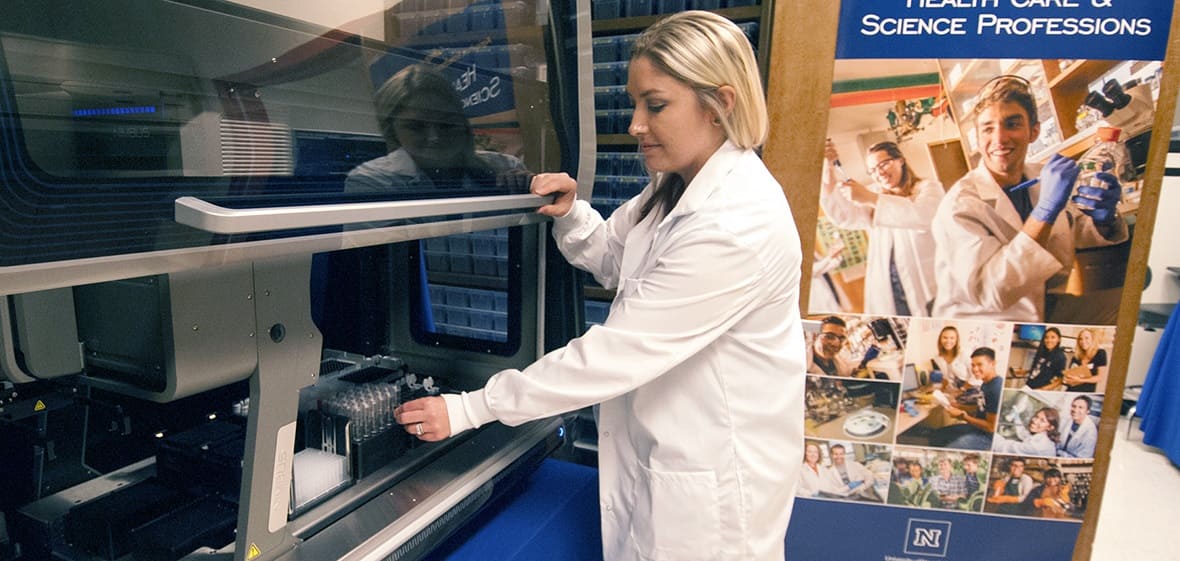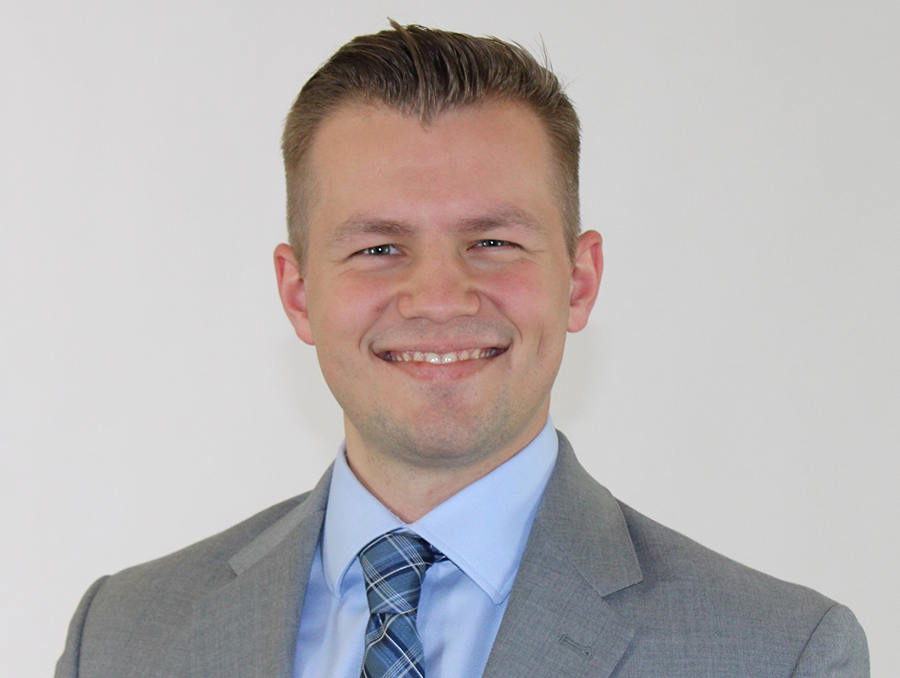Efforts to increase opportunities for Nevada’s Hispanic community in STEM careers just received a boost by the National Science Foundation with a $300,000 grant award to the University of Nevada, Reno. The pilot program will help build a sustainable and diverse workforce development pipeline for Nevada’s emerging science, technology, engineering and mathematics industries.
David Shintani, associate dean in the College of Agriculture, Biotechnology and Natural Resources at the University, is the lead researcher on the project to establish outreach, academic, career and community support to increase the participation of low income, first-generation individuals from underrepresented groups in Nevada’s growing STEM economy.
This “NSF INCLUDES Design and Development Launch Pilot” program project, “Sustaining Workforce Diversity in Emerging STEM Economies,” represents a partnership between Washoe County School District, Truckee Meadows Community College, the University of Nevada, Reno, Charles River Laboratories and the Nevada Governor's Office of Economic Development.
“This is a collaborative effort between local educational, governmental and industrial partners that will allow Hispanic students the opportunity to earn increasingly advanced degrees while working part- and full-time at STEM companies,” Shintani said. “The program is built on Nevada’s LEAP framework, which leverages company and educational resources to offset college cost and ensure continued career and academic advancement for Hispanic students from a high school diploma to a bachelor’s degree and beyond.”
LEAP Into Success
LEAP is the Learn and Earn Advanced Career Pathway program that aims to ensure workers have the skills they need to succeed in both the short- and long-term in the New Nevada, that education institutions know what they need to teach and that companies have a qualified workforce.
Charles River Laboratories, a major life sciences employer with headquarters in Reno, conducts contract research for large pharmaceutical companies. It will be the first company to pilot the LEAP framework as part of this project. High school graduates from Washoe County Career and Technical Education programs with training in human and veterinary health sciences will be employed by Charles River and at the same time be enrolled in a STEM degree program at TMCC or the University.
Upon earning an associate’s or bachelor’s degree, high school graduates in the program will be promoted to new positions within the company with increased responsibilities and higher salaries.
To offset educational cost, LEAP employers will provide participants with tuition reimbursement benefits that will allow students to “earn while they learn.” Because LEAP leverages existing career and academic support resources, the program was designed to be self-sustaining. Shintani is planning to expand the program to at least three additional life sciences related STEM employers in year two of the program.
Nevada’s GOED has enticed technology companies to establish operations in Nevada communities. Throughout Nevada, STEM-based companies have recently established and/or are expanding operations. A sampling of these companies include Tesla, Panasonic, Google, Microsoft, Apple, Charles River Laboratories, Hamilton Robotics, Sierra Nevada Corporation and Faraday Future.
Because recruiting a diverse workforce from outside the region has had limited success, companies need to rely on local/regional academic partnerships to develop workforce pipelines that tap into diverse local/regional communities, Shintani said.
“With all the high-tech companies coming to Nevada, it’s essential that we develop a sustainable STEM workforce that represents the demographics of the state,” Shintani said. “All Nevadan’s should have the opportunity to benefit from our state’s new tech economy.”
The Nevada project is one of 27 NSF INCLUDES multi-year programs around the country, each focusing on a different aspect of STEM education through a commitment to diversity and inclusion.
“Broadening participation in STEM is necessary for the United States to retain its position as the world’s preeminent source of scientific innovation,” NSF Director France Córdova said. “The National Science Foundation has a long history of working to address difficult challenges by creating the space for inventive solutions. NSF INCLUDES breaks new ground by providing a sustained commitment to collaborative change with the goal of bringing STEM opportunities to more people and communities across the country.”
A key feature of NSF INCLUDES is its focus on uniting a wide variety of collaborators to generate pioneering solutions to persistent problems. Shintani emphasized that a major goal of the project is to develop a scalable and transferable model that can be used by other emerging high-tech hubs, to establish diverse and sustainable STEM workforce ecosystems.
“We have a great team built that has the resources, vision and determination to make Nevada a leader in developing a diverse workforce in high-tech jobs,” Shintani said












